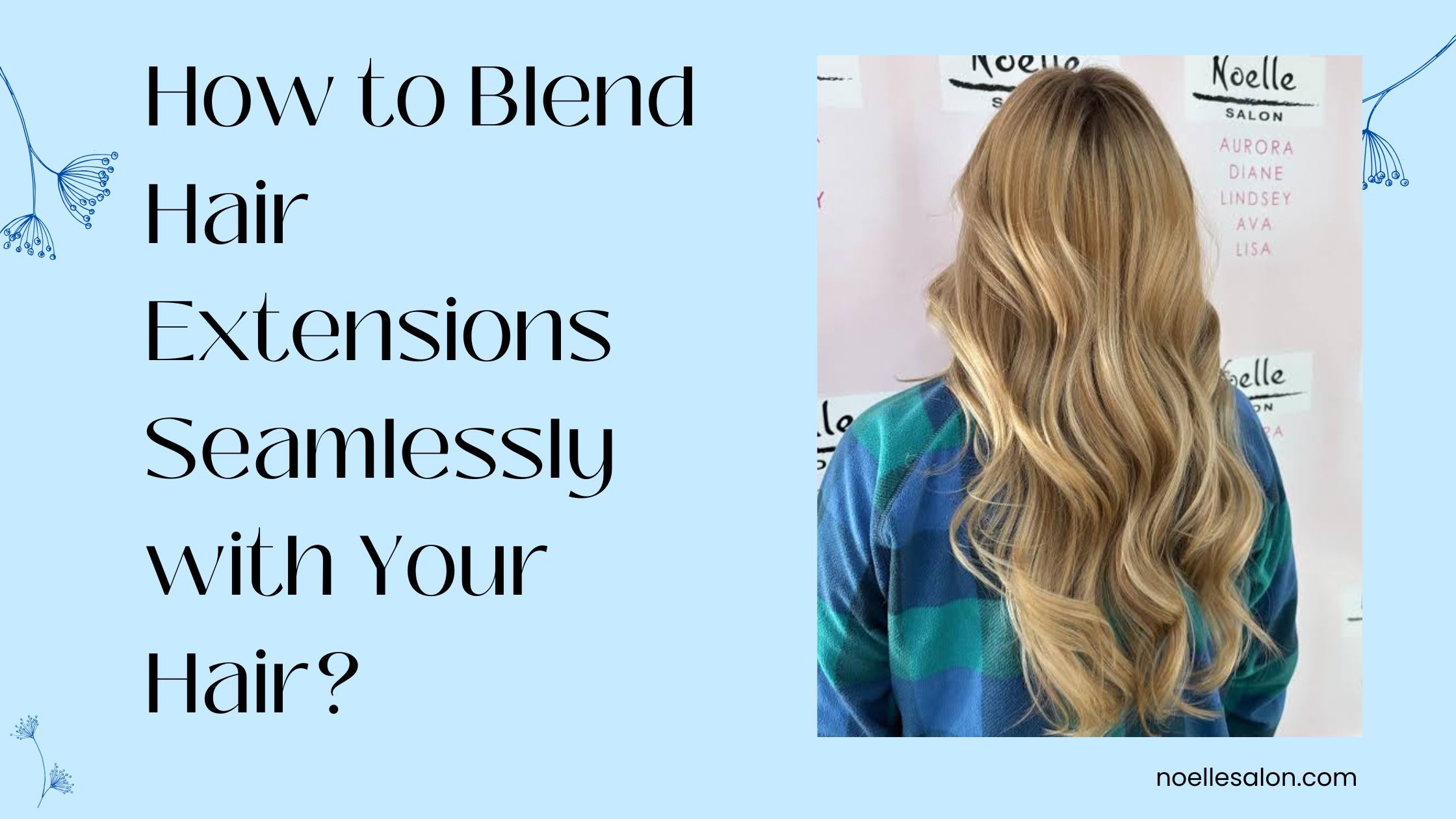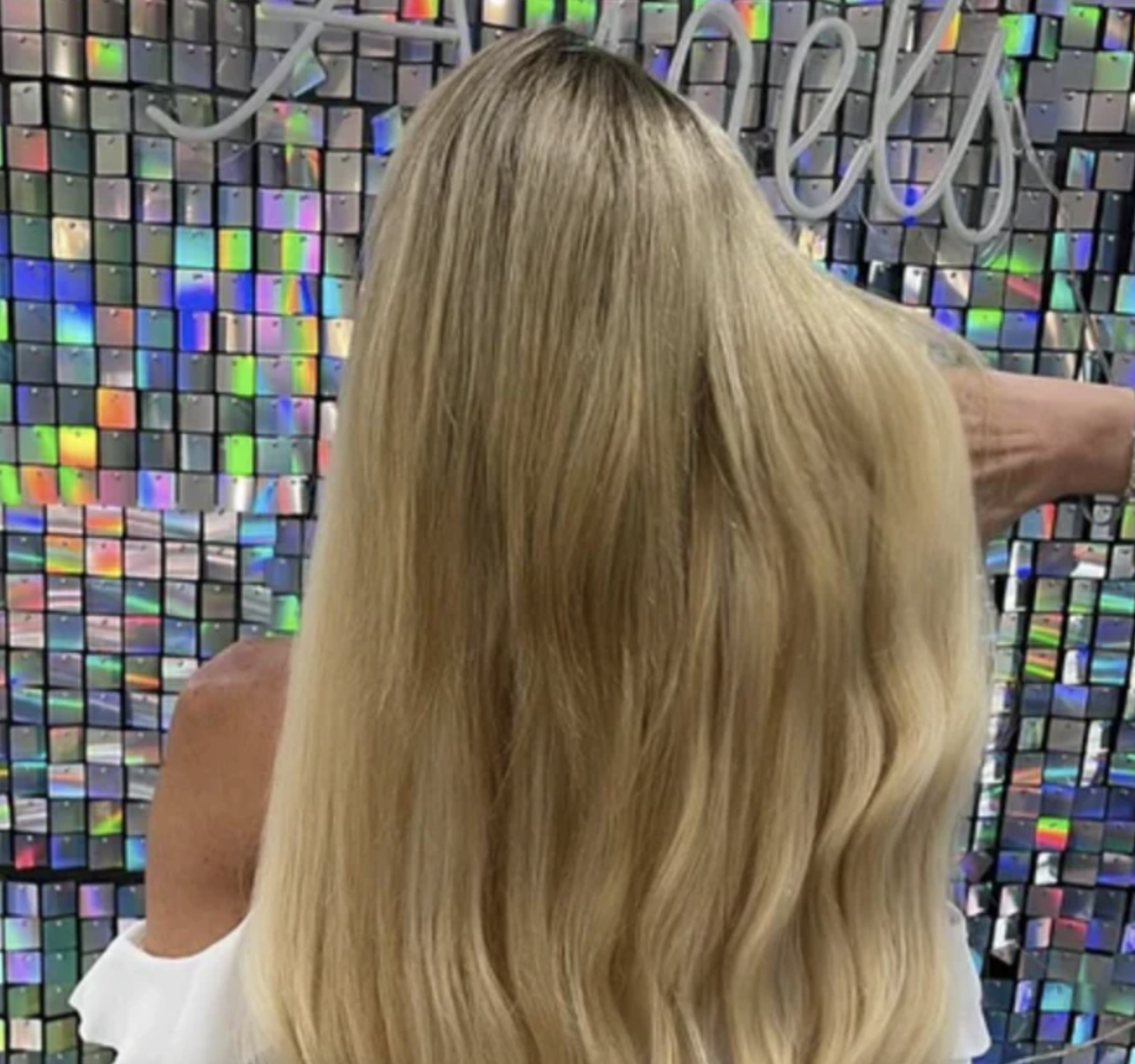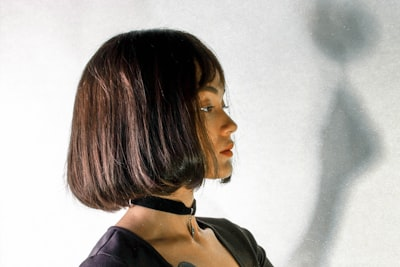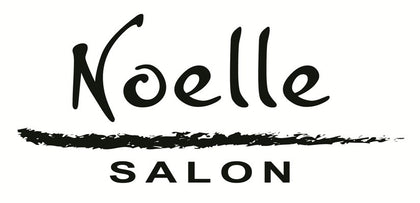How to Blend Hair Extensions Seamlessly with Your Hair?

|
|---|
Dreaming of longer, fuller hair without the long wait? Hair extensions can make it happen, but only if they blend in seamlessly with your natural hair. When done right, extensions are invisible to the eye and flawless to the touch. But if they’re mismatched, misaligned, or poorly styled, they can do more harm than good. In this guide, we’ll walk you through the techniques to blend hair extensions like a pro, whether you have straight long strands, short bobs, or curls that don’t quit. Ready to level up your look? Let’s dive in.
What are the Factors Affecting How Well Extensions Blend with Natural Hair?
Blending hair extensions seamlessly with your natural hair requires more than just a good product. It’s about understanding the unique qualities of your own hair and choosing the right approach to match.
-
Hair Color Match: Extensions should closely match your natural hair color, including undertones and highlights. Even a small difference in shade can make them stand out, especially in natural light.
-
Hair Texture: Whether your hair is straight, wavy, curly, or coily, the extensions should mimic that texture. This ensures they fall and move in harmony with your natural strands.
-
Hair Type (Length & Pattern): The type of hair you have, whether long or short, thick or fine, curly or straight, will influence how well extensions blend. For example, blending extensions for someone with a bob haircut may require more layering and styling compared to long layered hair.
-
Haircut and Style: If your natural hair has layers, feathering, or a unique cut, your extensions may need to be trimmed to match. Extensions with blunt ends may stick out if your natural cut is more textured.
-
Hair Thickness: The density of your natural hair affects how many wefts you need and how they should be placed. Fine-haired individuals need lighter, well-positioned extensions, while thicker hair may require more volume to blend properly.
How you install and style your extensions also plays a key role. From clip-ins to tape-ins or sew-ins, the right placement and heat styling tools can make all the difference in achieving a polished, natural finish.
How to Blend Hair Extensions?

Getting a flawless blend between your natural hair and extensions starts with choosing the right type of extensions for your hair type and style. But the real magic lies in how you prep, apply, and style them. We will first look at the right tools and a few clever techniques, no matter what kind of hair you have:
What are the Tools and Products Needed for Seamless Blending?
Getting a smooth blend needs the right tools and products. Here’s what you’ll need:
-
A curling wand or flat iron to make waves or curls
-
Hairspray to hold your style in place
-
Volumizing mousse or sea salt spray to add lift and texture
-
Elastic bands to keep the bottom layers together
Using these tools helps you with blending. It also makes your hairstyle look better, last longer, and stay in shape.
Step 1: Hop to Prep Your Hair for the Perfect Base?
Before installing extensions, prepare your natural hair so it forms a solid foundation. For fine hair, teasing the roots adds grip and volume. For thick hair, sectioning it properly helps manage fullness and creates room for even placement.
You can braid or twist the lower layers of your hair and pin them flat against your scalp. This hides shorter pieces that might peek out from under the extensions. A clean, secure base prevents wefts from slipping and helps everything blend smoothly.
Step 2: How to Section and Apply with Intention?
Divide your hair into horizontal sections, starting from the nape and working your way up. This layered approach ensures volume is added gradually and evenly. Focus on applying extensions in the “safe zones”—areas where the clips or bonds can be easily concealed under your top layers.
As you move up, play with positioning. Angling some wefts diagonally or stacking them at varying heights can help frame the face and balance the look. This is especially helpful if your natural haircut has layers.
Step 3: How to Cut and Style for Natural Flow?
Once applied, extensions may still need a trim to truly blend with your existing hairstyle. A stylist can feather or layer the extensions to eliminate harsh lines or uneven ends. This makes them move and fall like your real hair.
To bring everything together, use a curling wand or flat iron to style both your natural hair and the extensions together. Blending the textures ensures they match in finish, whether you go for waves, curls, or sleek straight strands.
Finish with a light mist of hairspray or a touch of serum. This not only locks in your style but also helps the extensions stay in place and look polished throughout the day. At Noelle Salon, blending extensions is our specialty. Book your visit today for a polished, natural-looking result.
Now that you know how to blend extensions with natural hair, let us dive a little deeper into the specific hair types. In other words, we will understand how to blend extensions with long hair, how to blend extensions with short blunt hair, and how to blend curly hair extensions.
How to Blend Extensions into Long Hair?
 Long hair offers a natural advantage when blending extensions, as there's more length to hide tracks and distribute volume. The key is to match the density and texture of your own hair, so the added length or fullness looks intentional rather than bulky. Here are the three common types of hair extensions used with long hair:
Long hair offers a natural advantage when blending extensions, as there's more length to hide tracks and distribute volume. The key is to match the density and texture of your own hair, so the added length or fullness looks intentional rather than bulky. Here are the three common types of hair extensions used with long hair:
-
How to Blend Clip in Hair Extensions with Long Hair: For clip-ins, start by clipping wefts mid-length or lower to avoid making the top too thick. Use a curling iron to blend the extensions and natural hair together, especially at the junctions. Light teasing at the root adds grip and helps hide the clips under your layers.
-
How to Blend Tape in Hair Extensions with Long Hair: Tape-ins work well with long hair when they're sandwiched strategically under upper layers. Make sure to apply them slightly off the root to maintain flexibility. Once installed, flat iron both your natural hair and the extensions together for a sleek, unified finish.
-
How to Blend Sew in Hair Extensions with Long Hair: Sew-ins should be installed in tight, flat braids close to the scalp. Since long hair can easily hide the wefts, focus on layering and trimming the extensions to mimic the flow of your natural cut. Style with waves or curls for maximum blending.
How to Blend Extensions into Short Hair?

Blending extensions with short hair is trickier, but not impossible. The secret lies in concealing blunt ends and adding enough wefts to balance the natural length difference. Here are the three common types of hair extensions used with short hair:
-
How to Blend Clip in Extensions with Short Hair: To avoid visible ends, braid or pin the bottom layers of your hair flat before applying the clip-ins. Use shorter wefts at the bottom and stack more as you go up. Curling both your hair and the extensions together can help soften any line of separation.
-
How to Blend Tape in Extensions with Short Hair: With short hair, apply tape-ins close to the root and use thinner wefts for a more seamless effect. Focus on blending with layers and avoid placing tapes too high, where they could peek through. Soft waves can help mask the transition line.
-
How to Blend Sew in Extensions with Short Hair: A sew-in requires cornrowing the natural hair tightly and sewing in wefts layer by layer. Use feathered or layered extensions and style them with texture or curls to help hide where your short hair ends. A stylist can trim them to your current haircut shape.
How to Blend Extensions into Curly Hair?
 Curly hair demands a precise match in curl pattern, density, and volume. Curly hair extensions must mimic the natural curl to prevent any obvious disconnect. Here are the three common types of hair extensions used with curly hair:
Curly hair demands a precise match in curl pattern, density, and volume. Curly hair extensions must mimic the natural curl to prevent any obvious disconnect. Here are the three common types of hair extensions used with curly hair:
-
How to Blend Clip in Extensions with Curly Hair: Pick extensions that closely match your curl pattern—whether it's loose waves or tight coils. Use the LOC method (leave-in, oil, cream) on both your hair and the extensions to style them together. Clump and define curls with your fingers or a diffuser for a uniform look.
-
How to Blend Tape in Extensions with Curly Hair: Tape-ins should be installed while your natural hair is stretched or blown out slightly, then curled after installation to match your curl pattern. Moisturizing products and curl refreshers help bring everything together without frizz or curl mismatches.
-
How to Blend Sew in Extensions with Curly Hair: For sew-ins, choose wefts with the same curl type as your natural hair. Install them on flat braids and trim to blend with your existing shape. Twist-outs, braid-outs, or curl-defining gels help fuse the extension curls with your own for a flawless finish.
How Does Noelle Salon Make Extensions Look So Natural?
We understand that blending extensions seamlessly with your natural hair is what makes or breaks the final look. Whether you have straight, wavy, curly, or long hair, our expert stylists take a personalized approach to ensure your extensions match perfectly in texture, color, and density.
We begin with a detailed consultation to assess your hair type and desired outcome. From there, we help you choose the right type of extensions and install them using techniques that create a smooth, natural blend, without any visible lines or awkward transitions. We also trim, layer, and style your extensions so they move and flow just like your real hair.
Whether you're going for subtle volume or a full transformation, Noelle Salon has the experience and precision to make your extensions look like they're truly yours. Book an appointment now.
Frequently Asked Questions
How to blend long extensions with short hair?
To blend long extensions with short hair, layer and trim the extensions to remove harsh lines and create a gradual transition. Use curling or styling tools to help both textures blend more naturally.
How to blend extensions with thin hair?
Choose lightweight, seamless extensions like tape-ins or halo styles that won’t weigh down fine strands. Backcomb the roots slightly before installing to help hide the extension base.
How to blend different color hair extensions?
Blending different colors works best with balayage or ombré techniques. A stylist can tone, lowlight, or custom dye the extensions for a smooth color transition.
How to blend hair extensions that don't match?
If the extensions don’t match in color or texture, use heat tools, toner, or color-depositing shampoos to adjust. Or take them to Noelle Salon who can cut and blend them properly.
How to cut hair extensions to blend?
Extensions should be dry-cut while installed, using vertical snips or layering techniques. A stylist will blend them into your natural hair shape for a seamless finish.
How to blend synthetic hair extensions?
Use low-heat styling tools if the synthetic hair is heat-safe, and gently trim or layer it. For better blending, match the shine and texture of your natural hair with styling products.




